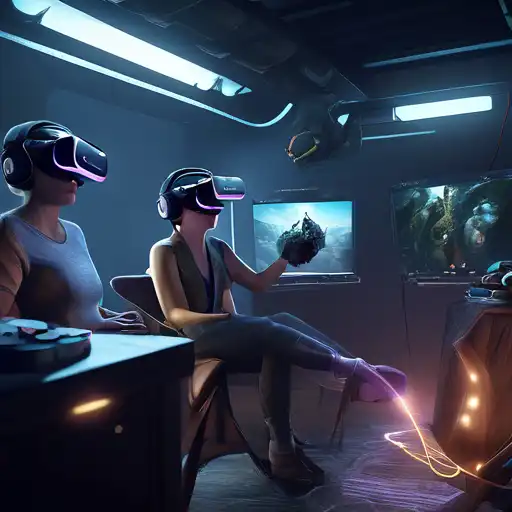Introduction to Virtual Reality Creation
Virtual Reality (VR) has transformed from a futuristic concept into a tangible, immersive experience that captivates users worldwide. Creating engaging VR experiences requires a blend of creativity, technical skill, and an understanding of user psychology. This guide will walk you through the essential steps to craft VR experiences that are not only immersive but also memorable.
Understanding the Basics of VR
Before diving into creation, it's crucial to grasp what makes VR unique. Unlike traditional media, VR places the user inside the experience, offering a 360-degree view of a digitally created world. This immersion is what sets VR apart and makes it a powerful tool for education, entertainment, and beyond.
Designing for Immersion
The key to a successful VR experience is immersion. This involves designing environments that feel real and interactions that feel natural. Consider the user's senses and how they can be engaged beyond just sight and sound. Haptic feedback, for example, can add a tactile dimension to your VR world.
Technical Considerations
Creating VR content also requires technical know-how. You'll need to choose the right software and hardware for your project. Popular VR development platforms include Unity and Unreal Engine, which offer robust tools for creating immersive environments. Additionally, consider the limitations of your target hardware to ensure your experience is accessible to your intended audience.
User Experience (UX) in VR
UX design in VR is about more than just usability; it's about creating a seamless and intuitive experience that feels natural to the user. This includes minimizing motion sickness, ensuring comfortable navigation, and designing intuitive controls. Testing with real users is essential to refine these elements.
Content is King
Even the most technically impressive VR experience will fall flat without compelling content. Whether you're creating a game, educational tool, or virtual tour, your content should tell a story or fulfill a need that resonates with your audience. Think about the narrative or purpose behind your VR experience and how it can engage users on a deeper level.
Optimizing for SEO
To ensure your VR content reaches its audience, SEO cannot be overlooked. Use relevant keywords in your descriptions and metadata, and consider creating a companion website or blog post to provide additional context and improve searchability. Internal linking to related content can also boost your SEO efforts.
Conclusion
Creating immersive VR experiences is a complex but rewarding process. By focusing on immersion, technical quality, user experience, and compelling content, you can craft VR experiences that stand out. Remember, the best VR experiences are those that transport users to another world, leaving a lasting impression.
For more insights into VR technology and design, explore our VR Technology section.
